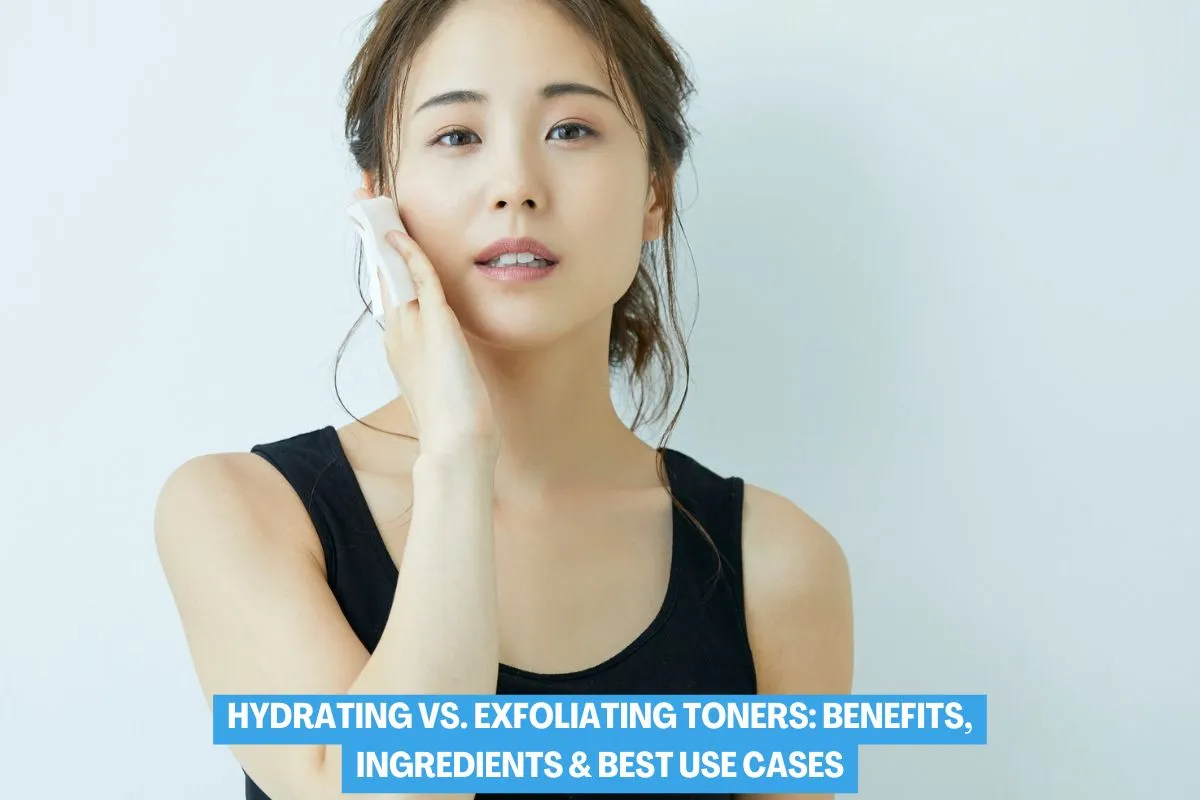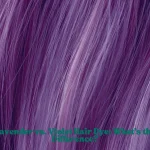When it comes to skincare, toners are often misunderstood and underrated. But choosing the right toner—hydrating vs. exfoliating—can transform your routine and deliver visible skin benefits. Understanding their roles, ingredients, and how they interact with different skin types can help you pick the best option for your unique needs.
In this guide, we’ll break down the differences between hydrating and exfoliating toners, explore their benefits, highlight common ingredients, and walk through the best use cases for each.
What Is a Toner and Why Does It Matter?
A toner is a lightweight liquid used after cleansing to restore your skin’s pH balance, prepare it for the next steps in your routine, and provide additional targeted benefits. Whether you’re dealing with dryness, oiliness, acne, or dullness, the right toner can support your skin’s overall health and appearance.
What Is a Hydrating Toner?
A hydrating toner is designed to replenish moisture and support moisture retention, making it especially helpful for dry, sensitive, or dehydrated skin. These toners are typically formulated with humectants like hyaluronic acid, glycerin, and aloe vera to draw water into the skin.
Hydrating Toner Benefits
-
Restores moisture after cleansing
-
Supports a healthy skin barrier
-
Reduces tightness and flakiness
-
Enhances absorption of serums and moisturizers
-
Soothes irritation and improves skin texture
Best Ingredients in Hydrating Toners
-
Hyaluronic acid: Attracts water to the skin
-
Glycerin: A powerful humectant that improves skin hydration
-
Panthenol (Vitamin B5): Calms and repairs the skin
-
Aloe vera: Soothes irritation and adds lightweight hydration
Best Use Case
Hydrating toners are ideal for:
-
Dry skin
-
Sensitive skin
-
Post-exfoliation soothing
-
Winter months or dry climates
If you’re wondering, “Can a hydrating toner replace moisturizer?”—the answer is not entirely. While it adds a layer of hydration, a moisturizer helps lock in that moisture, making them complementary, not interchangeable.
What Is an Exfoliating Toner?
Unlike their hydrating counterparts, exfoliating toners contain acid-based ingredients like AHAs (Alpha Hydroxy Acids) or BHAs (Beta Hydroxy Acids) to remove dead skin cells, unclog pores, and speed up cell turnover. They play a vital role in refining skin texture, brightening dull skin, and preventing breakouts.
Exfoliating Toner Benefits
-
Promotes smoother, more even skin
-
Unclogs pores and prevents acne
-
Fades dark spots and hyperpigmentation
-
Boosts cell turnover
-
Prepares skin for better absorption of active treatments
Best Ingredients in Exfoliating Toners
-
Glycolic acid (AHA): Great for dry and mature skin
-
Lactic acid (AHA): Gently exfoliates while hydrating
-
Salicylic acid (BHA): Ideal for oily and acne-prone skin
-
Mandelic acid: A gentle AHA suitable for sensitive skin
Best Use Case
Exfoliating toners are perfect for:
-
Oily skin
-
Acne-prone skin
-
Enlarged pores
-
Dull, uneven skin tone
However, you must be cautious. Over-exfoliation can lead to irritation, compromised skin barrier, and breakouts. Start with 2–3 times a week and adjust based on your skin’s tolerance.
Hydrating vs. Exfoliating Toners: Key Differences
| Feature | Hydrating Toner | Exfoliating Toner |
|---|---|---|
| Primary Function | Moisture boost | Gentle exfoliation |
| Key Ingredients | Hyaluronic acid, glycerin, aloe | AHAs, BHAs, glycolic acid |
| Suitable For | Dry, sensitive skin | Oily, acne-prone, uneven texture |
| Usage Frequency | Daily (AM/PM) | 2–4 times a week (PM) |
| Skin Barrier Impact | Strengthens | Can weaken if overused |
So, which is better: hydrating or exfoliating toner? The answer depends entirely on your skin type and goals.
Can You Use Both Hydrating and Exfoliating Toners?
Yes—layering them can be very effective if done correctly.
Use your exfoliating toner in the evening after cleansing to gently remove dead skin cells and reveal smoother skin. Follow up with a hydrating toner to replenish moisture and restore comfort. This pairing can help you avoid the dryness that sometimes comes with acid-based exfoliation.
For example:
-
PM Routine (2–3x/week): Cleanser → Exfoliating toner (salicylic acid or glycolic acid) → Hydrating toner → Serum → Moisturizer
-
AM Routine: Cleanser → Hydrating toner → Vitamin C serum → Moisturizer → SPF
Choosing the Right Toner by Skin Type
Toner for Dry Skin
-
Choose a hydrating toner with humectants like hyaluronic acid, glycerin, or aloe vera.
-
Avoid alcohol-based toners or strong acids that can strip moisture.
Toner for Oily Skin
-
Opt for exfoliating toners with BHAs like salicylic acid to unclog pores and control excess oil.
-
Lightweight hydrating toners can also balance oil production.
Toner for Sensitive Skin
-
Stick to alcohol-free, fragrance-free hydrating toners.
-
If exfoliating, use mandelic acid or lactic acid as gentler alternatives.
Toner for Acne-Prone Skin
-
BHAs like salicylic acid work best for clearing breakouts.
-
A combination of exfoliating and hydrating toners can calm inflammation while treating clogged pores.
Final Thoughts
Whether you’re team hydrating or team exfoliating, the real magic lies in understanding what your skin needs—and when. Both toners play a vital role in maintaining healthy, glowing skin.
If your skin feels tight, flaky, or dull, try a hydrating toner to support skin hydration and barrier repair. If you’re dealing with acne, uneven texture, or clogged pores, a gentle exfoliating toner with AHAs or BHAs might be your new best friend.
The bottom line? Hydrating vs. exfoliating toners isn’t an either-or decision—it’s about balance. Choose wisely, and your skin will thank you.




